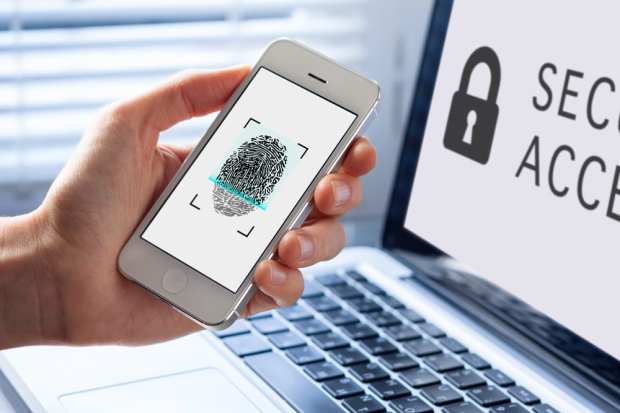Why There’s No One-Size-Fits-All Path To Global ID Verification

We may be wondering what’s on the other side of commerce, banking, and “normal” life after the pandemic — but rest assured it will be done (at a significant and accelerating pace) online.
Which means that the service providers, the financial institutions (FIs) and the governments with which we interact may have to find new ways of making sure we are who we say we are. Verifying consumers’ and individuals’ IDs can mean the difference between making sure legitimate business or transactions are conducted and completed — or unwittingly giving fraudsters access.
Barley Laing, managing director at Melissa, told PYMNTS in an interview that there’s no one-size-fits-all approach to identity verification.
Since the pandemic began, there has been a sharp increase in the frequency of fraud attempts in a digital first landscape where we are all pretty much working from home and buying everything we need online.
“Online identity verification has many forms,” Laing told PYMNTS. “For some sectors it can be fairly rudimentary — perhaps there’s a very low threshold to ascertain whether an end user is viable or not. But when it comes to highly regulated sectors, like financial services, that’s much more rigorous because there are many more regulations in place.”
As consumers and enterprises have shifted online, consumers are getting more used to banking and transacting online. But in an age where potentially anyone, anywhere can perform an online transaction, the rigors demanded in ID verification may not be as robust around the world as they could be (ID standards may not even be uniform across the United States). In part that’s due to a lack of standardization of best practices in verification, and we may not get there soon.
A Pragmatic Approach
Laing said companies like Melissa seek to take a “pragmatic approach” that builds ID solutions that can work globally. He pointed to the company’s “2X2” identity verification service that has access to trusted reference data sets around the world and thus can provide ID checks against billions of global citizen records. The company also has a document scanning service that covers thousands of different ID documents, on a global basis for more than 200 countries (and takes account for differences in formatting). Still other solutions recognize and match users’ selfies with stored images (say, as appear on driver’s licenses).
Bringing all of those solutions and checks (together with biometrics) can give much more accurate “pass rates” for ID verification, in real time. He said pass rates can be higher than 90 percent, while other ID verification methods may have a pass rate of as low as 40 percent. Advanced technologies like machine reasoning can boost confidence ratings for online transactions.
Along the way toward boosting that confidence level, it’s important to foster what Laing called seamless interaction between the customer and the service provider.
“We all know from our own experience,” said Laing, “that if you’re trying to do something online and it’s not going particularly smoothly it’s very simple to jump to another provider.” That’s especially important in the age of open banking, which has made FIs more competitive with one another. Ideally, the consumer should have no idea the checks are being performed in the background and in real time.
“When the data is input and the responses come in milliseconds, the merchants and providers keep the customer engaged and flowing through, say, the onboarding process or a transaction,” said Laing.
As he told PYMNTS, “there will be a point in the future where any online behavior has to be verified in some way or another. We’re trying to protect both the consumer and the merchants serving them.”